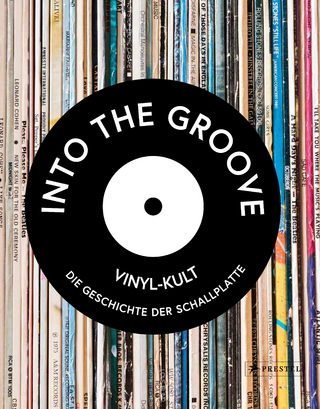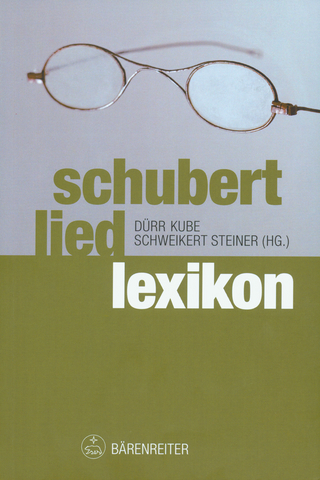
The Music of Antônio Carlos Jobim
Intellect Books (Verlag)
978-1-78320-937-8 (ISBN)
Antônio Carlos Jobim has been called the greatest of all contemporary Brazilian songwriters. He wrote both popular and serious music and was a gifted piano, guitar and flute player. One of the key figures in the creation of the bossa nova style, Jobim’s music made a lasting impression worldwide, and many of his songs are now standards of the popular music repertoire.
In The Music of Antônio Carlos Jobim, one of the first extensive musicological analyses of the Brazilian composer, Peter Freeman examines the music, philosophy and circumstances surrounding the creation of Jobim’s popular songs, instrumental compositions and symphonic works. Freeman attempts to elucidate not only the many musical influences that formed Jobim’s musical output, but also the stylistic peculiarities that were as much the product of a gifted composer as the rich musical environment and heritage that surrounded him.
Peter Freeman is honorary associate lecturer at the University of Queensland’s School of Music.
Acknowledgments
Abstract
List of Musical Examples
Chapter 1: Introduction
Antônio Carlos Jobim: Introduction and Background
The Perception of Jobim: Reviews, Impressions, Quotations, Influences
Discussion of Sources
Chapter 2: Influences
Historical Background and Development
The Birth of Bossa Nova
Instrumental Pieces and Film Music
Rhythmic Influences: Samba, Maracatu, Baičo, Frevo
Folk and Popular Music Influences: Modinha, Choro
Western Art-Music Influences: Villa-Lobos, Chopin, Debussy, Ravel, Stravinsky, Gnattali, Gershwin
Jobim’s Aesthetics and Philosophy
Chapter 3: Harmonic Language
Introduction
Harmonic Techniques: ‘Chega de saudade’
Melodic Sequence with Non-Sequential Altered Harmonies
Major-Minor Mode Changes
Descending Linear Chromatic Harmonic Relationships
Contextual Use of Extended Harmony
Parallel Harmonic Progression
Tonal Ambiguities
Guitar-based Sonorities
Chords for Harmonic Effect
Bitonal Influences and Chordal Superimposition
Comparison of Whole Works and Parts of Jobim’s Works: Saudade do Brasil
Bird Calls
Female Choir as an Orchestral Instrument
Arquitetura de morar
Conclusion
Chapter 4: Rhythmic Techniques
Samba
Clave Rhythmic Patterns
Polyrhythmic Techniques
Rhythmic Accent
Hypermetre
Pedal Tones
Melodic Timing
Conclusion
Chapter 5: Thematicism and Structural Design
Self-Referential Attributes of Bossa Nova
Juxtaposition of Static and Shifting Musical Material
Motivic Design Restrictions
‘Insensatez’
Descending Minor Second Motive
Musical Inter-dependence and Understatement
Transposed Motive Repetition
‘Águas de marćo’ (Waters of March)
Melodic Tributes
Melodic Contour
Whole-Tone Scales
Choro Structural Form
‘Dindi’
Alternative Melody
Conclusion
Chapter 6: Conclusion
Bibliography
| Erscheinungsdatum | 16.01.2019 |
|---|---|
| Sprache | englisch |
| Maße | 178 x 229 mm |
| Gewicht | 358 g |
| Themenwelt | Kunst / Musik / Theater ► Musik ► Allgemeines / Lexika |
| Kunst / Musik / Theater ► Theater / Ballett | |
| ISBN-10 | 1-78320-937-2 / 1783209372 |
| ISBN-13 | 978-1-78320-937-8 / 9781783209378 |
| Zustand | Neuware |
| Informationen gemäß Produktsicherheitsverordnung (GPSR) | |
| Haben Sie eine Frage zum Produkt? |
aus dem Bereich


